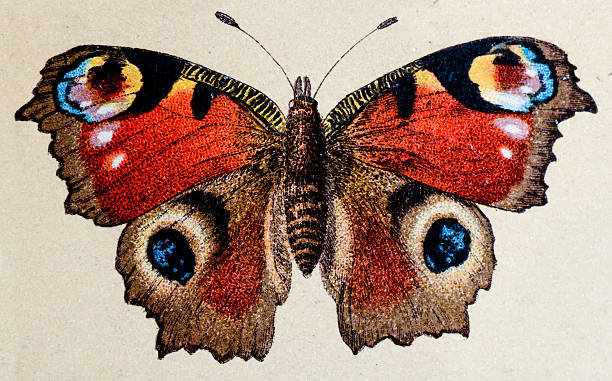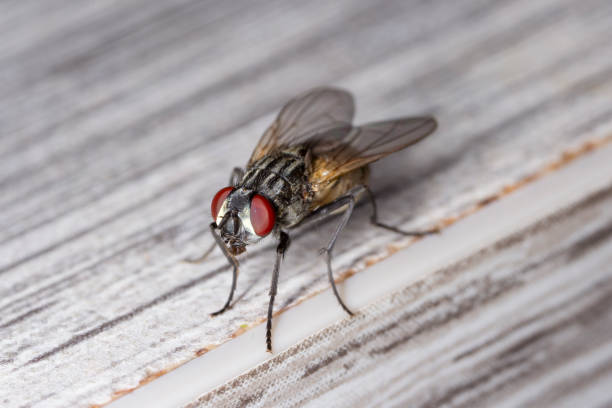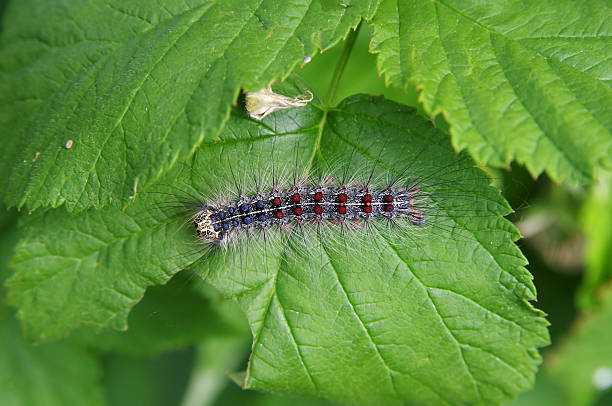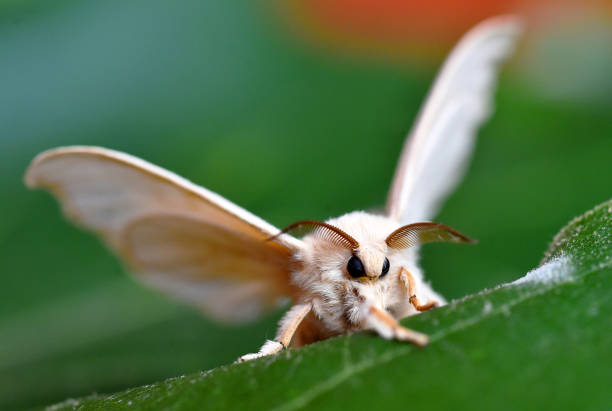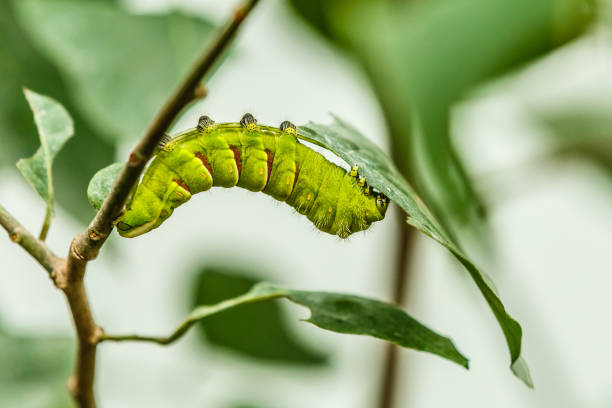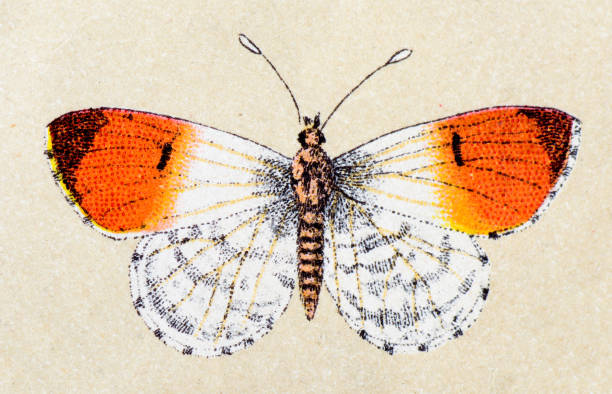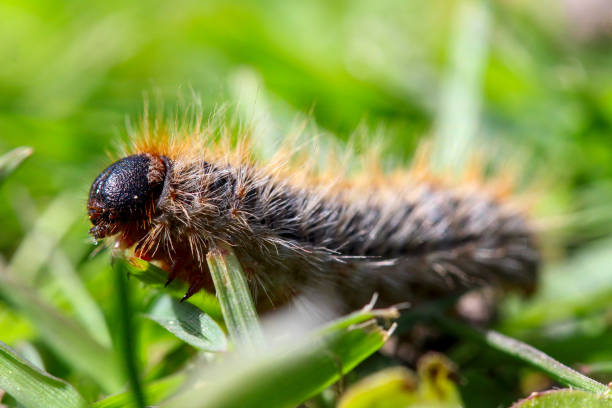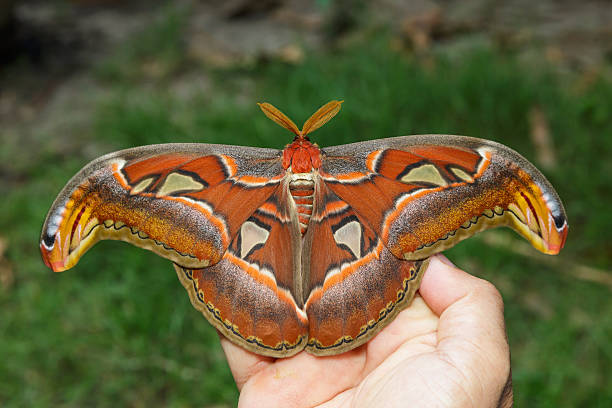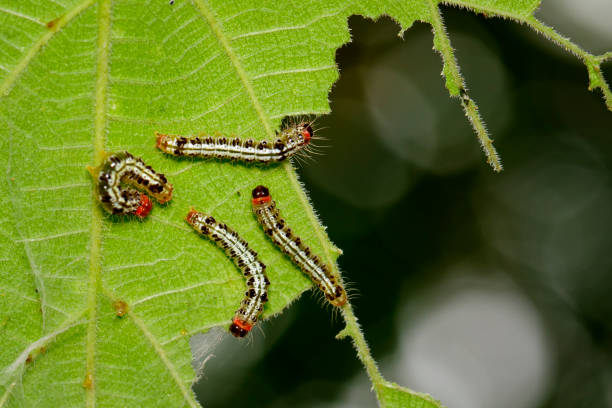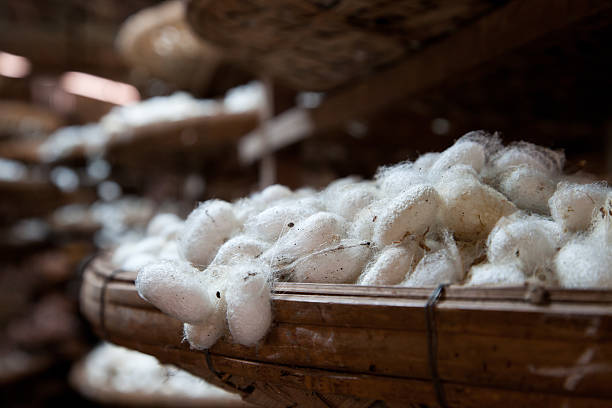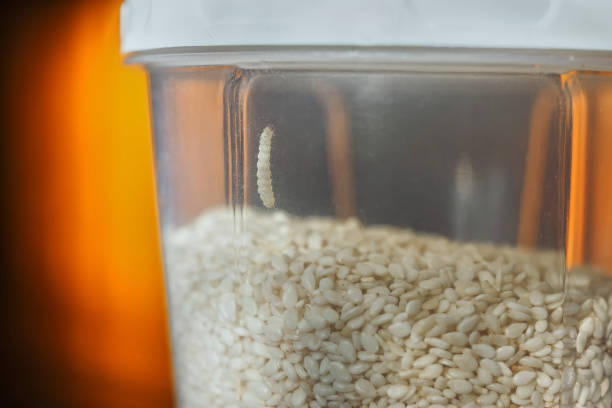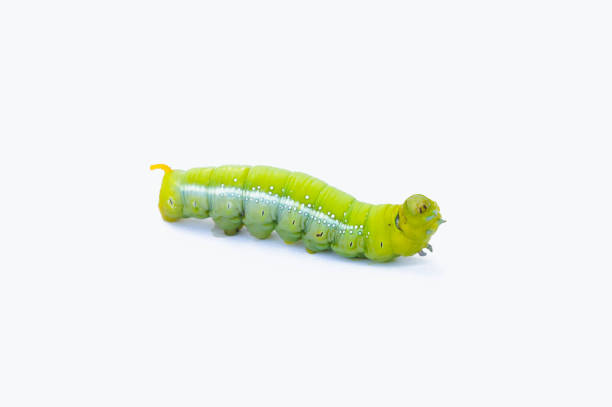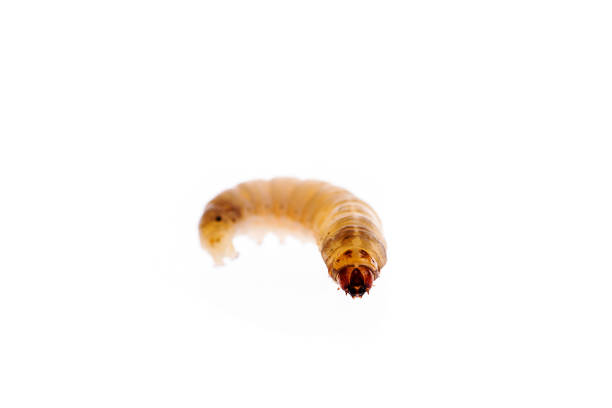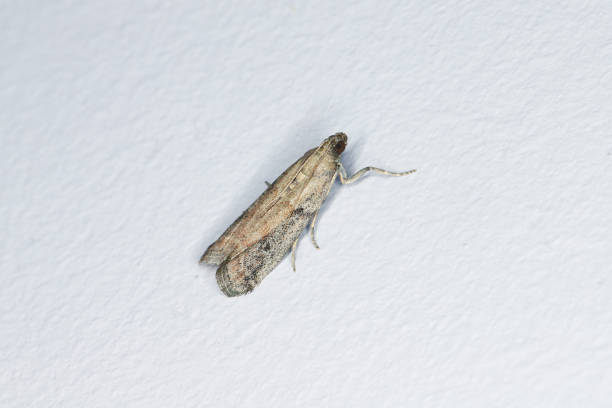
Moth Larvae Pictures Pictures Pictures, Images and Stock Photos
Browse 29,200+ moth larvae pictures pictures stock photos and images available, or start a new search to explore more stock photos and images.

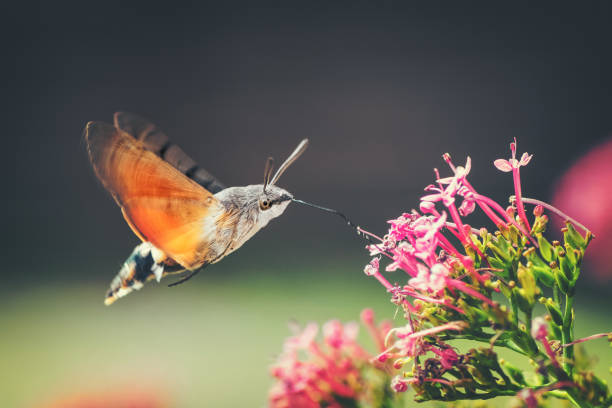
Hummingbird Hawk-moth (Macroglossum stellatarum) is eating nectar from red valerian flower with vibrant pink color flowers like a hummingbird. The Moro Sphinx or Sphinx Hummingbird is an insect belonging to the order Lepidoptera. It is a small Sphingidae. The Moro sphinx has a very long proboscis for foraging flowers hovering at how hummingbirds. It usually gathers nectar from flowers that other insects can not reach. Photography in selective focus of the insect flying during pollination process on red valerian flower plant in nature, during summer, spring season.
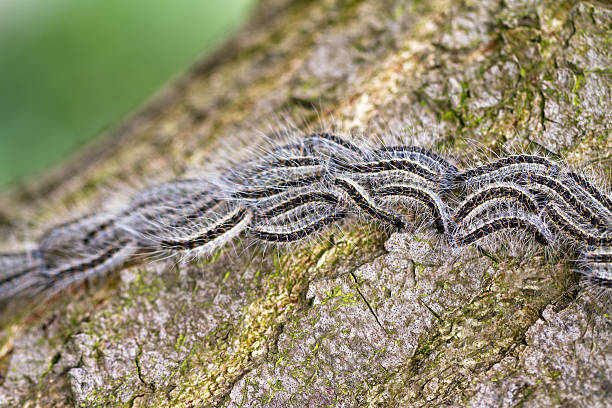
The Oak Processionary (Thaumetopoea processionea) caterpillars on the move on a tree in spring in the Netherlands.

Oak processionary (Thaumetopoea processionea) caterpillars in a row on procession in june, the Netherlands
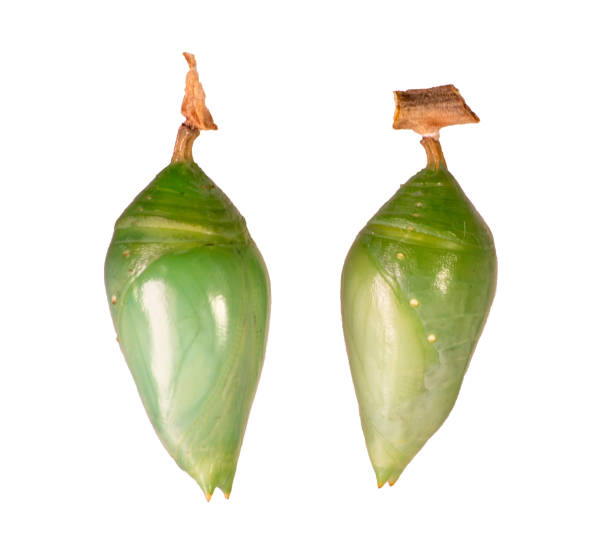
Two pupae of morpho butterflies isolated on white background. Blue-banded morpho, achilles, left, and blue morpho, peleides or helenor, right. Pupae is a stage between caterpillars and butterflies.
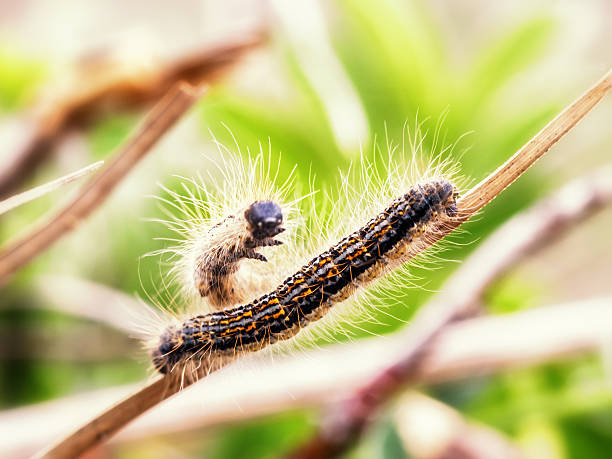
Dangerous and Poisonous Caterpillar of the Oak Processionary. Toxic Hair. Macro with shallow depth of field
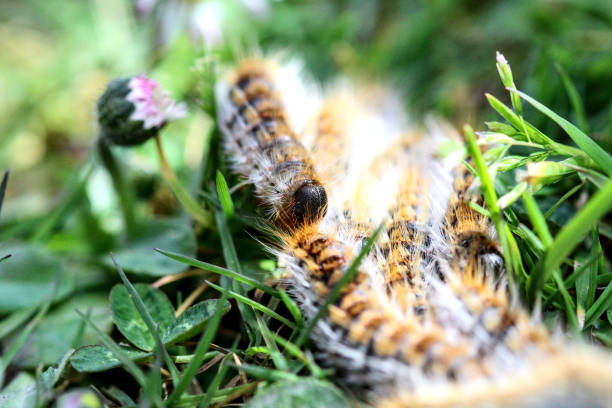
Several caterpillars (caterpillars) processionaries (processionary) of pine in green grass (green grass) in close-up herd (macro) - (Thaumetopoea pityocampa)
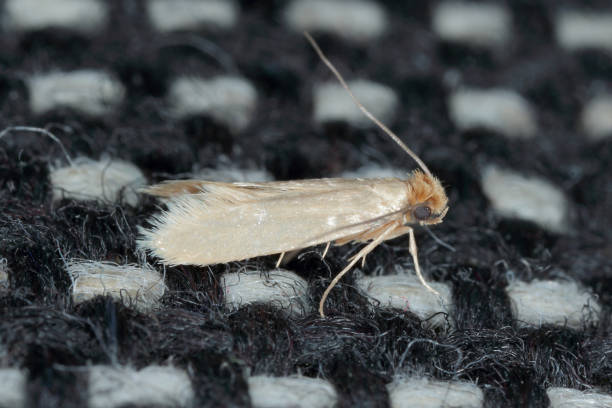
Tineola bisselliella, known as the common clothes moth, webbing clothes moth, or simply clothing moth, is a species of fungus moth (family Tineidae, subfamily Tineinae). It is the type species of its genus Tineola and was first described by Arvid David Hummel in 1823. The specific name is commonly misspelled biselliella – for example by G. A. W. Herrich-Schäffer, when he established Tineola in 1853. The larvae (caterpillars) of this moth are considered a serious pest, as they can derive nourishment from clothing – in particular wool, but many other natural fibres – and also, like most related species, from stored foods, such as grains.
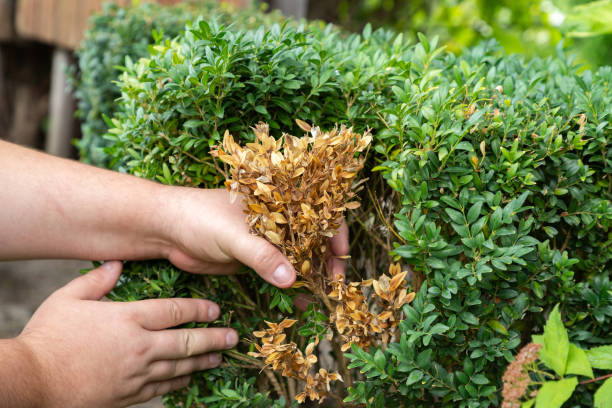
Hands of a gardener, who is removing dry yellow branches of boxwood bushes. The twigs and leaves of boxwood turn yellow because of the pest. Close-up.
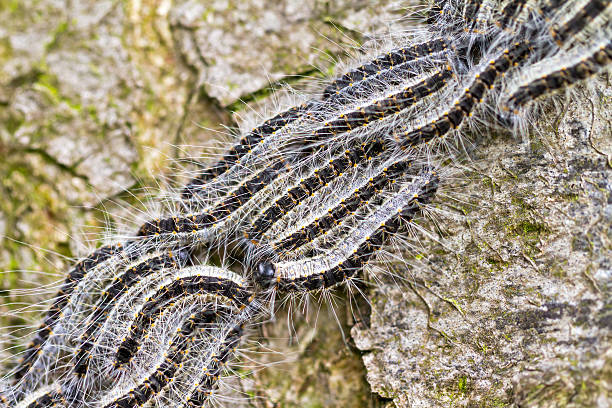
The Oak Processionary (Thaumetopoea processionea) caterpillars on the move on a tree in spring in the Netherlands.
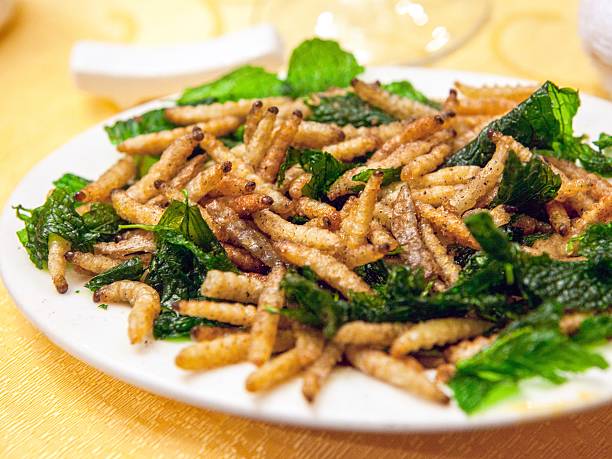
Yunnan specialty food - deep fried bamboo worms served at a Yunnan cuisine restaurant in Beijing, China.

Close-up of a caterpillar Box Tree Moths (Cydalima perspectalis), which is devastating many Buxus Topiary plants in Europe
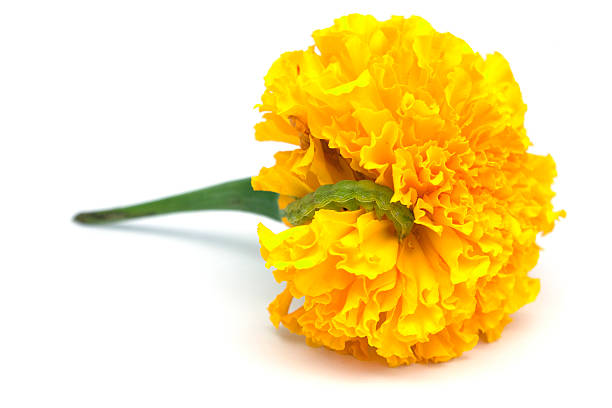
Tagetes is a genus of herbs commonly known as Marigolds is a native of Mexico and other warmer parts of America and naturalized elsewhere in the tropics and subtropics. In Thailand it is often to find in flower garlands and decorations in the temples. Marigold is noted as having highly effective medicinal properties and can be used as a culinary herb and for skin care purposes. It was valued as a folk remedy for centuries to treat various skin diseases, ranging from skin ulcers to eczema.
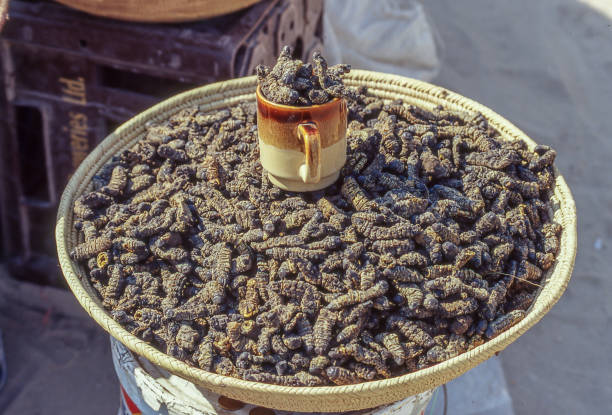
Mopane worms are a popular food in Namibian and Sub-Saharan African cuisine.

Inchworm walking on a branch. Isolated on white
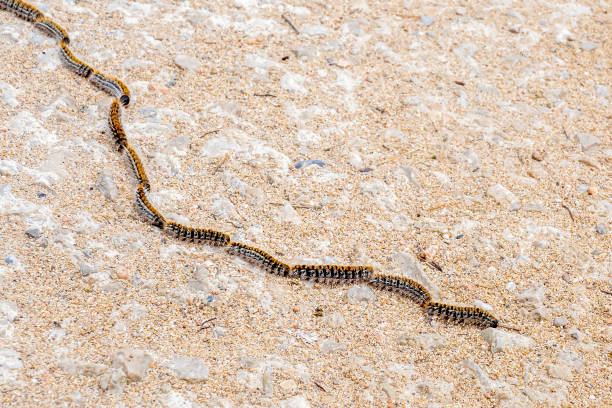
Furry pine processionary caterpillars in a row spread allergenic poisonous hairs (Traumatocampa Pityocampa), a returning spring plague at Mallorca with dangerous health issues for humans and animals.

Silk Moth on Cocoon on a silk worm farm

One beetle larva isolated on a white background.

Dangerous and Poisonous Caterpillar of the Oak Processionary. Toxic Hair. Macro with shallow depth of field
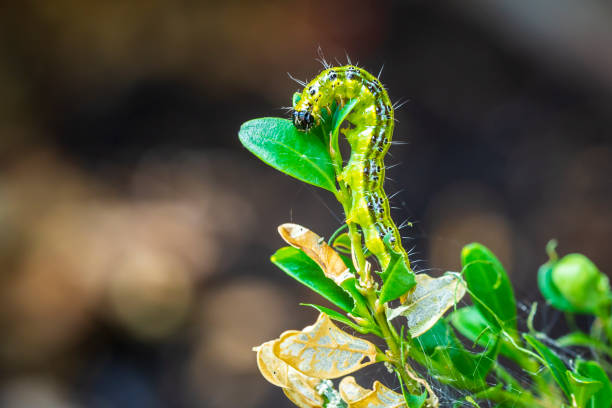
Closeup of a Box tree moth caterpillar, Cydalima perspectalis, feeding on leaves. An invasive species in Europe and has been ranked the top garden pest.

Boring trace of a codling moth (Cydia pomonella) in an apple on a branch with leaves.
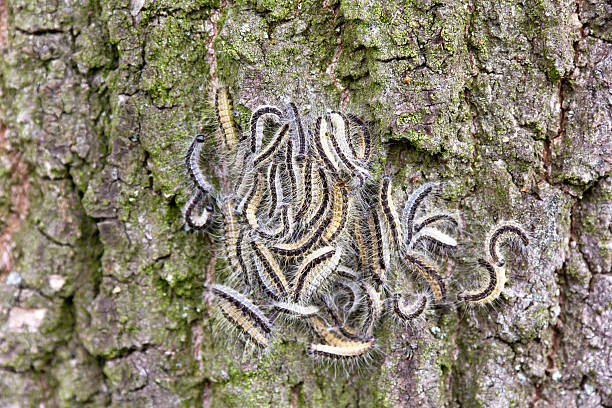
View to Oak Processionary at an oak tree. These caterpillars have poisonous setae. It is dangerous for people. Do not touch these insects!

Pine processionary caterpillars migrating to a pupation site. By March, a vast number of hairy caterpillars climb down from their nests in the pine trees in order to seek out subterranean pupation sites (chrysalis stage). Before doing so, they move over the ground in long head-to-tail processions. Their moths begin to emerge in August - shortly thereafter mate - and in turn (female insects), look for pine trees whereon they place eggs and die; thereby completing their biological cycle.
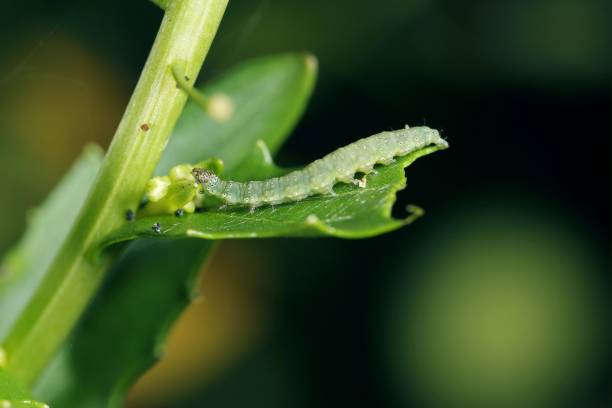
Caterpillar of Diamond-back moth (Plutella xylostella) on Rapeseed. Migratory insect in the family Plutellidae, known as a pest of vegetable crops mustards, the crucifers, the cabbage family.
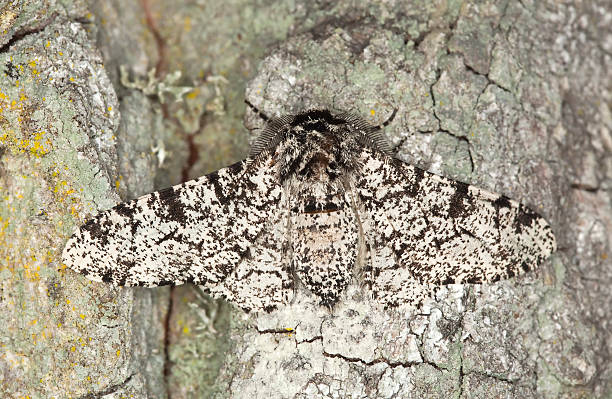
Peppered moth, Biston betularia camouflaged on oak. This is a night active moth of the Geometridae family. Macro photo.
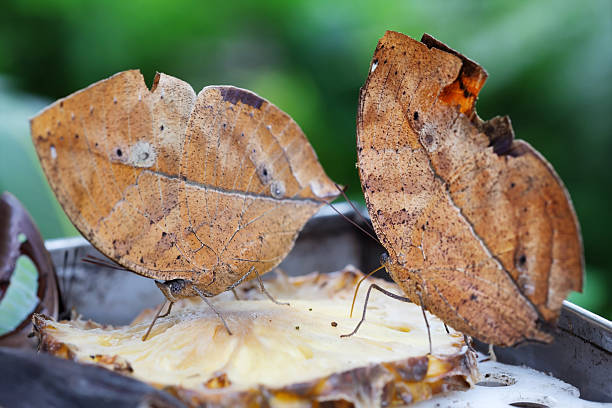
two oak leaf butterflies on a slice of pineapple

Animal, Butterfly - Insect, Insect, Invertebrate, Lepidoptera

Close up of trimmed evergreen boxwood plant, Buxus sempervirens, in garden.
